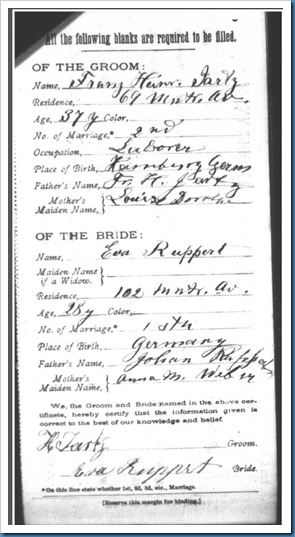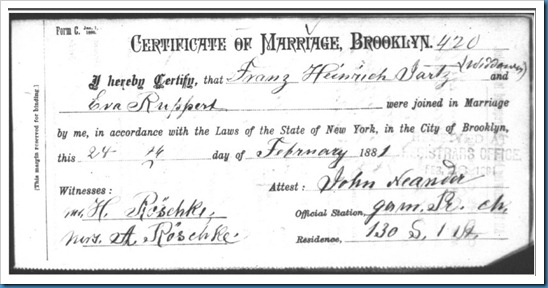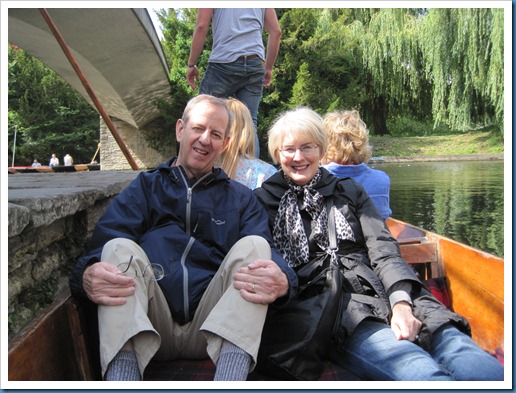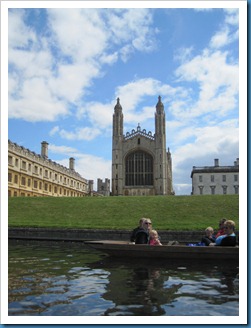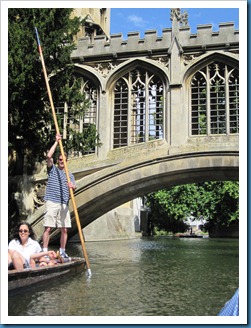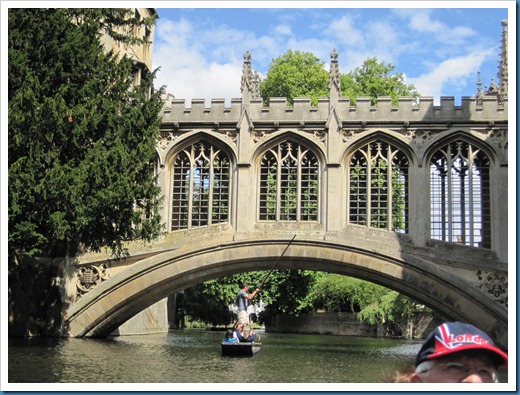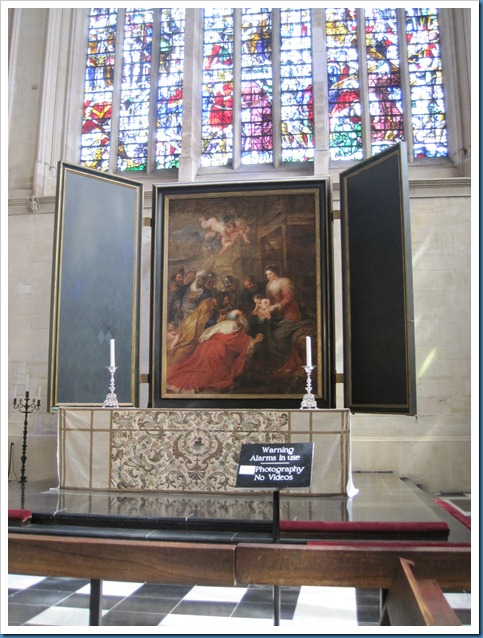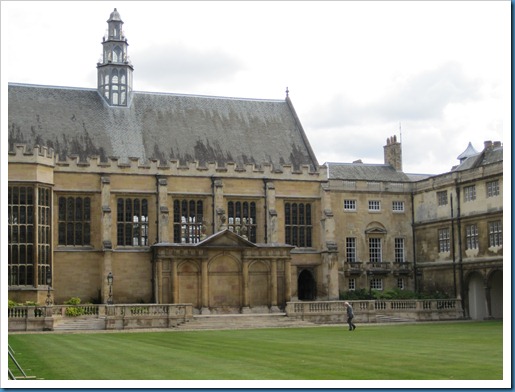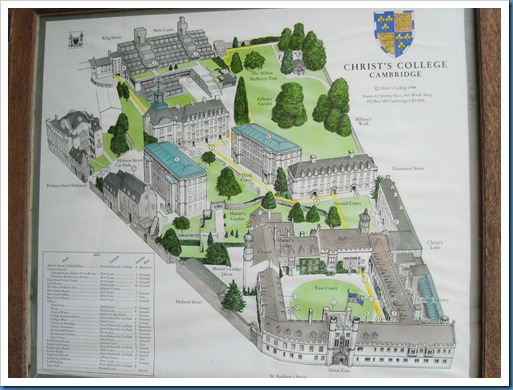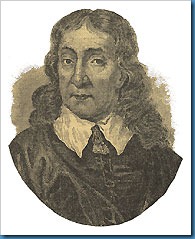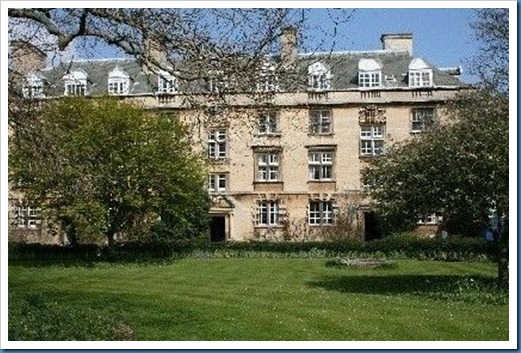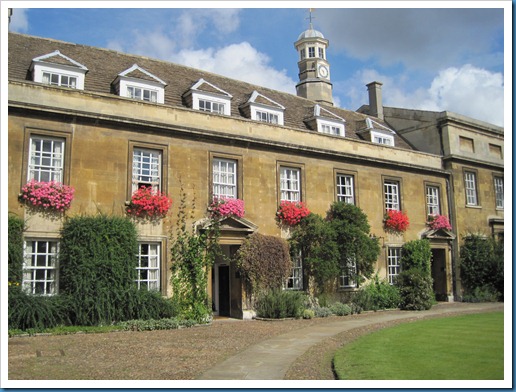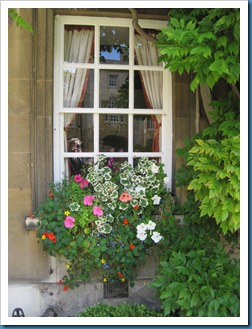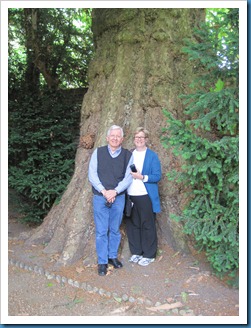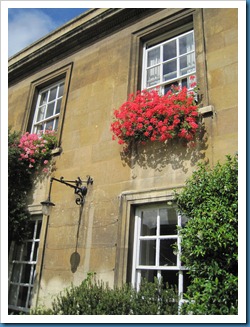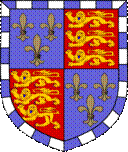Dear Family and Friends.
There is a beautiful mural in the Hyde Park Chapel that we pass every day as we come to work at the London Family History Centre. The mural was painted by Robert Oliver Skemps for display in the Mormon Pavilion at the 1964 World’s Fair in New York City.
In 1962, Elder Harold B. Lee of the Council of the Twelve was appointed Executive Director of the Mormon Pavilion and he gave the charge that a film depicting “the three great questions of life: where we came from, our purpose and reason for being here upon the earth, and what happens to us after 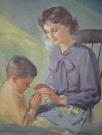 death” be produced. Many of us remember the film that was made for the fair, Man’s Search For Happiness. The mural depicts the phases of life illustrated in the film.
death” be produced. Many of us remember the film that was made for the fair, Man’s Search For Happiness. The mural depicts the phases of life illustrated in the film.
Visitors who came through the pavilion at the World’s  Fair commented. One wrote, “For about a half hour after we left the theatre, we hardly spoke to each other. …“My wife broke the silence by asking: ‘Can you believe it?’ “I knew what she meant by ‘it.’ ‘It’ referred to your Gospel and the message we got from the movie. My response—‘Yes, I can believe it and it
Fair commented. One wrote, “For about a half hour after we left the theatre, we hardly spoke to each other. …“My wife broke the silence by asking: ‘Can you believe it?’ “I knew what she meant by ‘it.’ ‘It’ referred to your Gospel and the message we got from the movie. My response—‘Yes, I can believe it and it  is a wonderful thing to believe …’
is a wonderful thing to believe …’
After the Fair, the mural was mounted on a wall in the Hyde Park Chapel. It has been there ever since.
According to art conservationist, Scott M.  Haskins, “The Hyde Park Chapel is now slated to undergo massive renovation in anticipation of the 2012 Olympics in London. This renovation will involve demolition as they install Visitor Center style displays and the mural was slated to be destroyed. One of the problems of reusing the mural is its size:
Haskins, “The Hyde Park Chapel is now slated to undergo massive renovation in anticipation of the 2012 Olympics in London. This renovation will involve demolition as they install Visitor Center style displays and the mural was slated to be destroyed. One of the problems of reusing the mural is its size:  approximately 10′ x 30′. For the last 6 months there has been a going back and forth of discussion about keeping the mural but in the end, the church headquarters decided to decline.”
approximately 10′ x 30′. For the last 6 months there has been a going back and forth of discussion about keeping the mural but in the end, the church headquarters decided to decline.”
“That’s when several well energized people in the  LDS Historical Department jumped into gear with the suggestion of donating the removed mural to one of the church schools. This met with a cautious favorable nod if all the details like budgets can fall into place. But the mural, once it is be removed and conserved, will be slated for donation to Brigham Young
LDS Historical Department jumped into gear with the suggestion of donating the removed mural to one of the church schools. This met with a cautious favorable nod if all the details like budgets can fall into place. But the mural, once it is be removed and conserved, will be slated for donation to Brigham Young  University Idaho, if all is successful. It is not known yet what they will do with the mural.”
University Idaho, if all is successful. It is not known yet what they will do with the mural.”
Scott Haskins has arrived in London to oversee the removal of the mural.
We are pleased that this work of art, so familiar to church members is being preserved.
Sisters Cheryl Fugal, Susan Empey and Joyce Sprouse
PS Especially for our friends in Indiana- the art conservationist, Scott M. Haskins, is the brother of Lynn Krueger. Lynn and Larry have been called to serve in the Italy Rome Mission, working in the Center for Young Adults. They enter the MTC on 3 October 2011.
Packing Up
Saturday, 20 August 2011, was the final day for the London Family History Centre until the refurbishing of the Hyde Park building is completed. It is projected to take 6-7 months- or maybe even more. This past Monday we started to pack up the Centre and box our 60,000+ microfilms.
One of the missionary couples noticed an elderly man standing in front of our closed sign outside the building on Monday morning. He just stood staring at the sign in disbelief. We had sent emails about our closing and posted it on our website but he apparently didn’t check. He said, “I have come such a long way.” We felt so badly for him. Our patrons really appreciate what we have here at the London Family History Centre. Hopefully, many will be able to make the longer trip out to The National Archives where we will open 13 September 2011 during the refurbishment of the Hyde Park Chapel.
Packing the films and the Centre has been hard work. Many have been involved.
We ended up packing 1900 boxes of microfilms. I ended up taking home the geraniums that were in flower boxes outside the building. Our Scottish friend and Centre volunteer, Iona, helped us transport the geraniums to our flat in her van.
It has been a huge undertaking packing up the London Family History Centre but we feel so blessed to be able to reopen at The National Archives. Next week the move takes place and then we put all 60,000+ films back in the film cabinets.
This ends a wonderful phase of our mission. We are one month shy of being half done and have so enjoyed working in such a historic building as the Hyde Park Chapel. We will miss being near the mission office, which is relocating to a rented space, and associating on a daily basis with the Empeys, Sprouses and Wells/Edwards. Hopefully we will be back together next spring. We wonder what it will be like working at The National Archives.
Ken and I celebrate our 45th wedding anniversary 31 August. We decided our gift to each other would be our 18 month visit to London! I’m so glad that we haven’t changed a bit.
Our love to all!
Love, Elder and Fugal (aka Cheryl and Ken, Mom and Dad, Grandma and Grandpa)
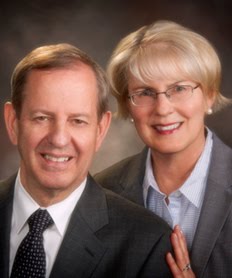

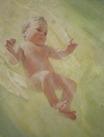
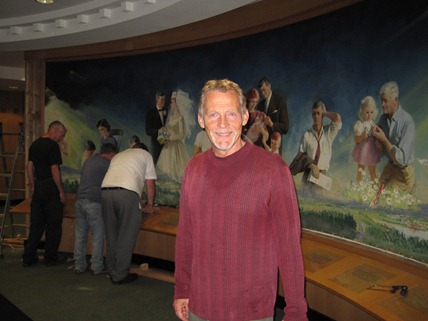
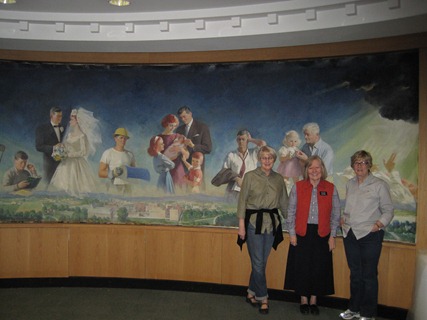
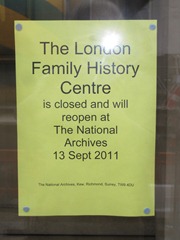




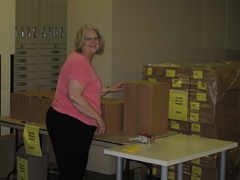
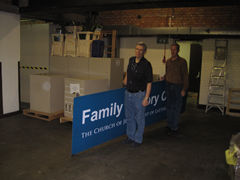
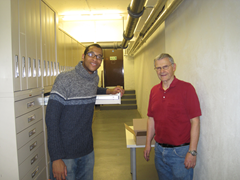
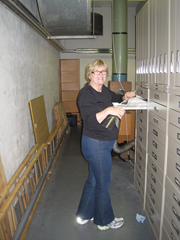
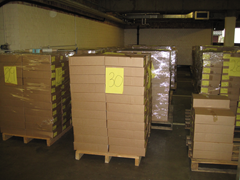
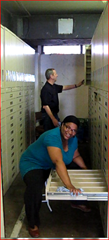
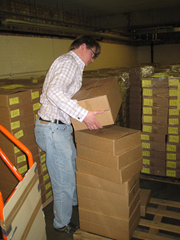
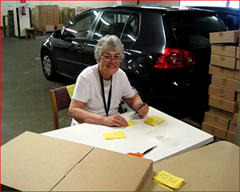

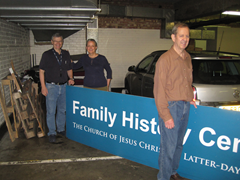
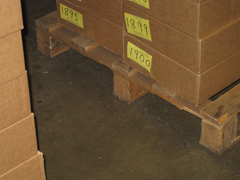
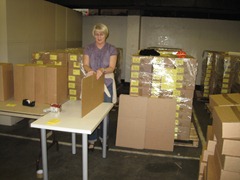
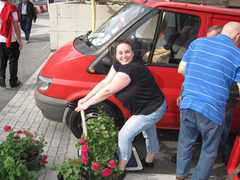
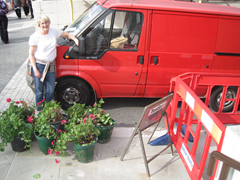
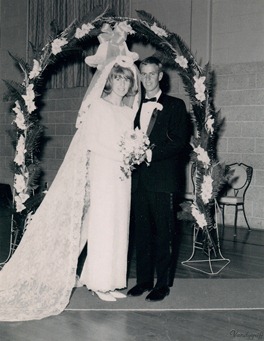
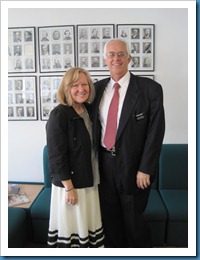



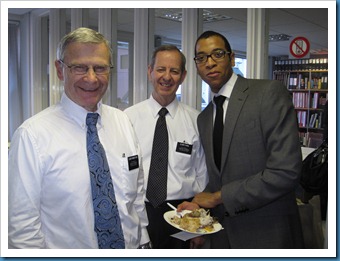



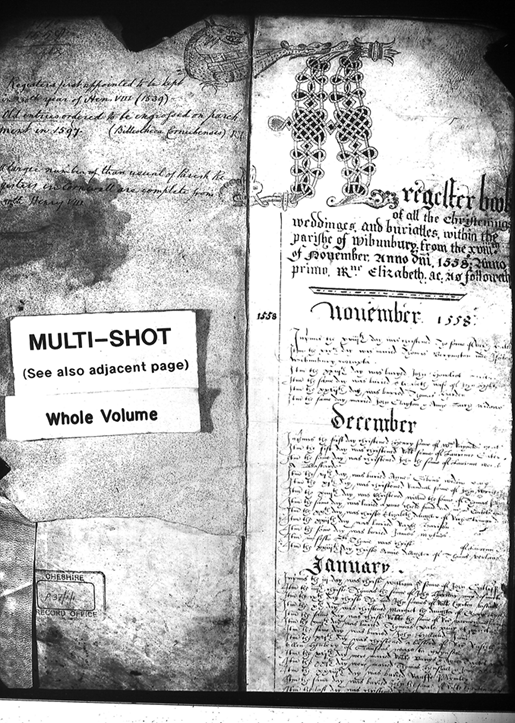

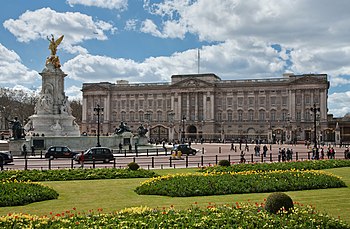
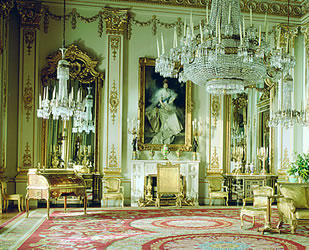

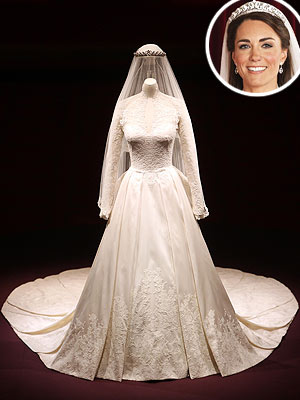



 r family and she explain that she was doing a family history for a friend and the record was the marriage of her friend’s great-grandmother. She was planning to give the family history to her friend on her birthday. What a wonderful gift!
r family and she explain that she was doing a family history for a friend and the record was the marriage of her friend’s great-grandmother. She was planning to give the family history to her friend on her birthday. What a wonderful gift!